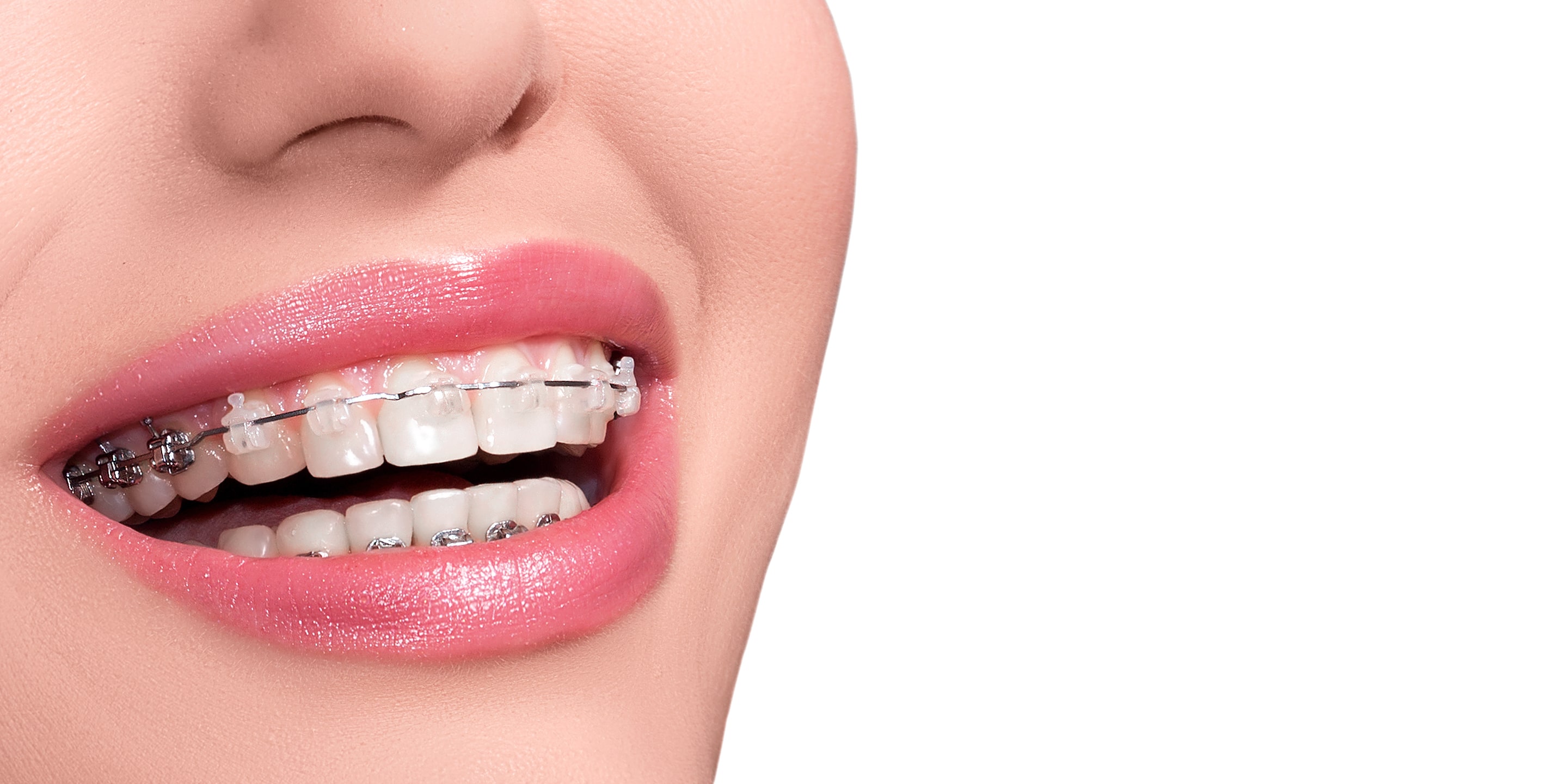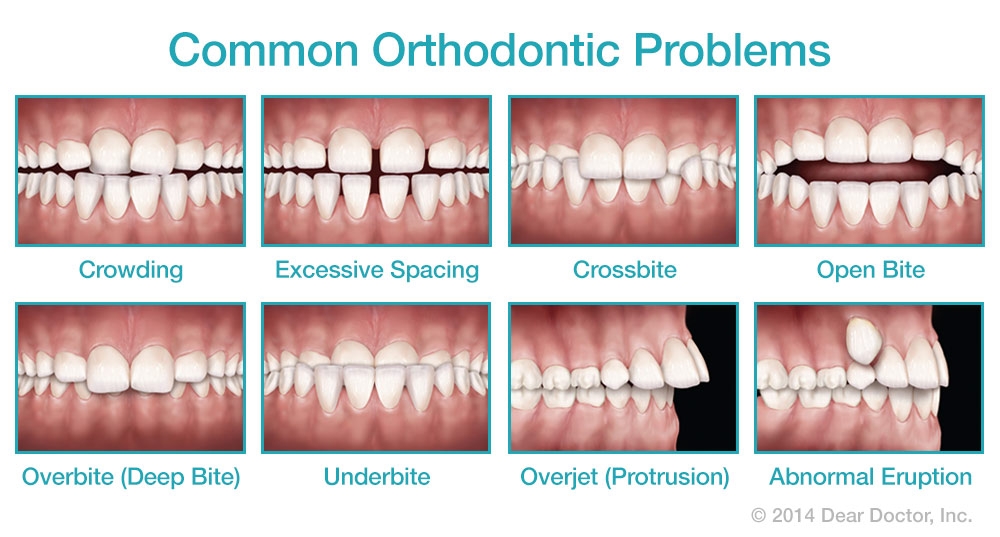
The well known branch of dentistry which is properly known as ‘Orthodontics and Dentofacial Orthopaedics’, mostly deals with reshaping and reforming the malpositioned teeth and jaws and associate structures with their diagnosis, prevention, treatment, and correction. An orthodontist is that person who has studied the specialty along with its training for 3 years after 5 years of general dental studies and practice from recognized colleges or universities.
An orthodontic treatment is the only treatment to move or straighten tooth/teeth, to bring a large change in the shape and form of face and also improves the appearance and the functions of the teeth from the past. This treatment is a permanent and long-term change with the bony structures in the facial architecture. It is a treatment of a long-term enhancement to the health of the teeth, gums and temporomandibular joints.
For protruding maxillary and mandibular teeth, these 'prominent' teeth are more likely to be damaged, but orthodontic treatment can move them back into the line and also bring change in the facial form. Orthodontic treatments are able to correct bite problems. When the biting is not proper, the teeth do not meet in the natural position where it should actually be, it puts a tension in the muscles and the joints that leads to many joint problems of the jaws and along with it headaches, which is not known to many. Orthodontic treatment helps to bite every teeth in their natural position or a suitable one resulting in no strain and tension in the muscles and joints. Teeth brushing can be more effective than ever, because of the proper positioned teeth.
The best time is generally during childhood when there is bone growth, but adults can have orthodontic treatment too. With the cessation of growth spurts, there are some major techniques to bring the teeth into position. In children, it may be necessary to wait for enough teeth to come before starting the treatment which is generally at the age of 12 or 13 years of age.
The most important of all procedures is to have a full examination. This will usually involve looking at the teeth, taking dental X-rays, X-rays of the hand and wrist, photographs of the patient, impression molds and plaster models of the patient’s teeth. Our orthodontist will discuss the procedures prior to the treatment.

In the general, population there are also uncommon cases which catch eye every day. To know more about the other dental, skeletal, and cleft conditions and their treatments consult with our professional doctors at Bluetooth Dental Studio